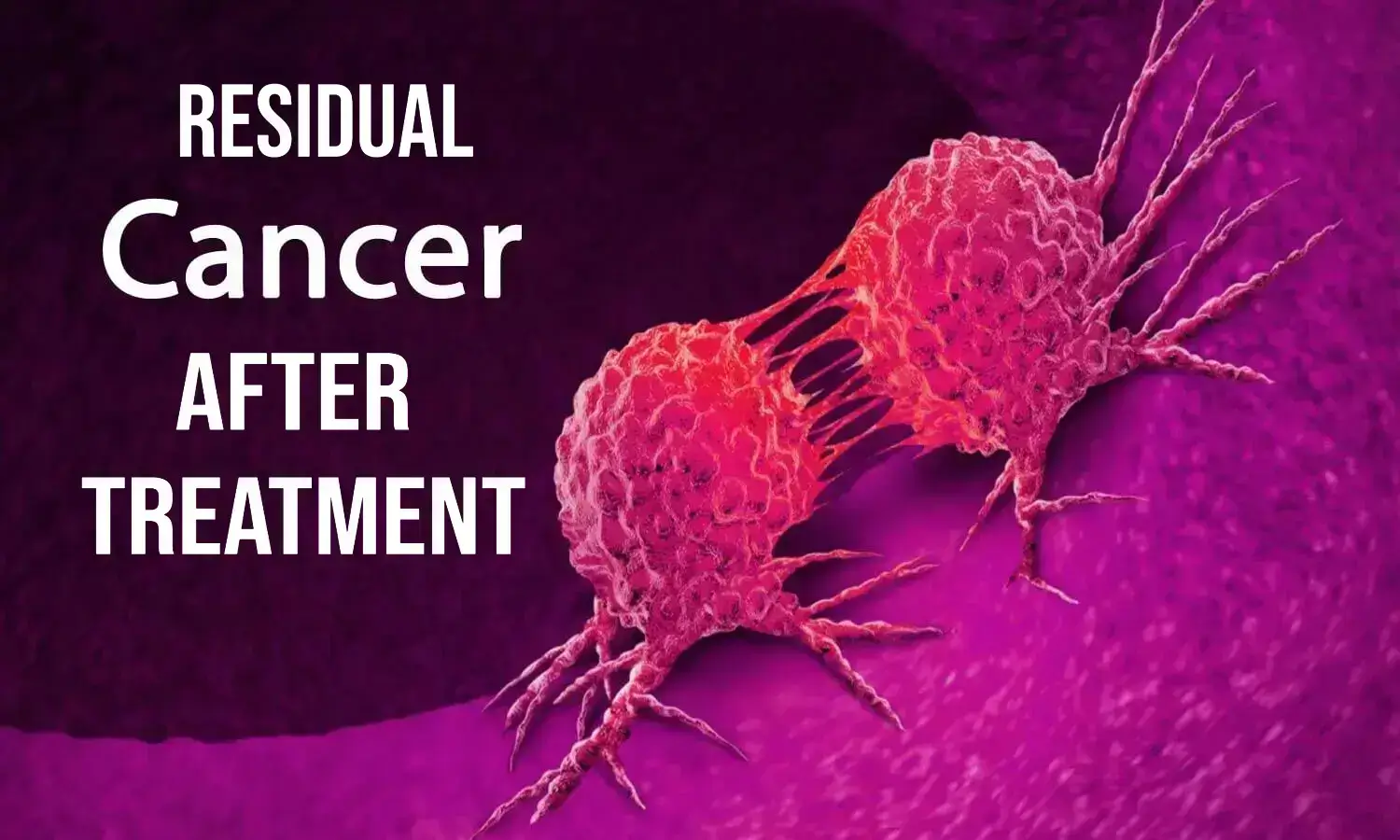Study: Residual Cells Are So Small That They Are Difficult to Detect and Often Do Not Appear in Scans
Residual cancer has been identified in 40% of lung cancer cases, 57-69% of renal cell carcinoma cases, and 7.7-47.6% of prostate cancer cases.
New Delhi: Many times, cancer returns even after treatment. This happens because some cancer cells survive the treatment and gradually begin to grow again. In some cases, these cells can even form new cancerous growths in the body. These residual cancer cells are so small that they are difficult to detect, often remaining hidden in scans, which increases the risk of cancer recurrence. Despite treatment, these cancerous cells persist in the body, making the disease more dangerous.
Residual Cancer
Radiotherapy is considered a highly effective treatment for cancer, proving useful in about 60% of cases. However, a study suggests that radiotherapy itself can contribute to residual cancer, which may remain undetected in scans and lead to poor outcomes.
Researchers from Shikari Medical Center University in the U.S. argue that when a tumor is not completely destroyed, it can spread to other organs. The team emphasized that relying solely on imaging does not provide the complete picture. Follow-up biopsies conducted months or even years later often reveal cancer cells that imaging tests failed to detect. The discrepancy between scan images and tissue analysis can lead to serious consequences.
Studies on various types of cancer indicate that even minimal residual disease increases the risk of recurrence and reduces survival time. These microscopic cancer cells persist after treatment and often go undetected in scans, leading to misleading results.
In an editorial published in the Oncotarget journal, researchers noted that residual disease is more common than expected and is associated with poor long-term outcomes. This applies to rectal, cervical, prostate, and liver cancers. In some cases, failure to completely eliminate the tumor allows it to spread to distant organs.
The editorial also emphasized that a complete response in scan imaging does not necessarily mean that the tumor has completely disappeared. This can mislead doctors and patients into believing that the treatment was more successful than it actually was. To improve treatment effectiveness, researchers encouraged the more frequent use of biopsy-based testing and new diagnostic strategies.
Dr. Muzamil Arshad stated that residual cancer is identified through histopathology in 40% of lung cancer cases, 57-69% of renal cell carcinoma cases, 7.7-47.6% of prostate cancer cases, and 0-86.7% of hepatocellular carcinoma cases. He suggested reconsidering how treatment success is evaluated and how cancer is detected after therapy.
Radiotherapy is widely used for treating lung, liver, prostate, and other cancers. Stereotactic Ablative Body Radiotherapy (SABR) delivers high-dose radiation with extreme precision and often shows excellent results in scans.

